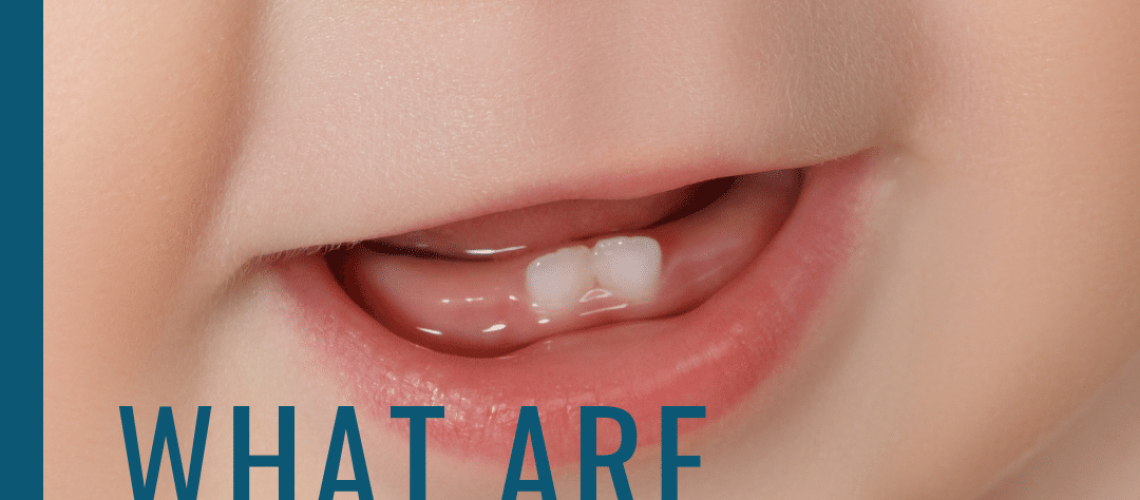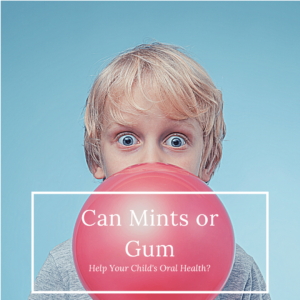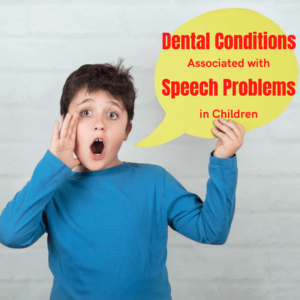It is generally accepted that while newborns are born with teeth, these teeth are concealed below the gum line. In most cases, most babies will have teeth that start to erupt between the ages of 4 and 7 months. However, did you know that there are cases where some newborns are born with teeth that have already erupted? Although this is pretty rare and only affects about 1 out of every 2,000 births, it does happen.
When one or more teeth are present at birth, they are known as natal teeth. Natal teeth generally develop in the lower jaw where the central incisors would be. Natal teeth have little to no root structure and are generally only held in place by soft tissue. Because of this, natal teeth are usually loose. They can also be yellow or brown in color. It is important to realize, however, that natal teeth are not the same thing as neonatal teeth. Neonatal teeth are teeth that erupt during the first month of life (neonatal period).

It is not exactly known why natal teeth occur. However, it has been noted that natal teeth are more likely to develop in children who are born with certain conditions that affect their growth. Some possible causes of natal teeth can include health conditions such as: Sotos syndrome, Ellis-van Creveld syndrome, pachyonychia congenita, and Hallermann-Streiff syndrome. Despite the fact that natal teeth are commonly associated with these conditions, they can also occur on their own. Babies are also more likely to develop natal teeth if they have close members who also had natal teeth.
Since natal teeth are immediately visible at birth, they can usually be diagnosed with a physical examination alone. Still, your child’s dentist may opt to perform dental x-rays to determine if the tooth root is fully or partially formed. Dental x-rays can also show if your child’s natal teeth are normal deciduous teeth or supernumerary teeth. Depending on the findings of the physical examination and x-rays, your child’s dentist may recommend a few different treatment approaches.
One main factor that will affect the treatment of natal teeth is the type of natal teeth your child has. There are four different types of natal teeth your child could have, including:
- Fully developed crowns attached to a few root structures, but are often loose
- Loose teeth with no root structure at all
- Small teeth just emerging from the gums
- Evidence of teeth about to cut through the gums
In some instances, your child’s dentist may simply recommend leaving the natal teeth alone. This is generally the case if the tooth or teeth do not pose a threat to your child’s oral or overall health. In most cases, the only type of natal teeth that requires treatment is a loose natal tooth. This is because loose natal teeth increase the risk of problems such as tongue injuries, feeding problems, injuries to the mother during feedings, and choking from accidentally swallowing the loose tooth. Loose natal teeth are generally extracted in order to prevent these problems. In some cases, the tooth may also be smoothened to prevent damage to your child’s tongue.






